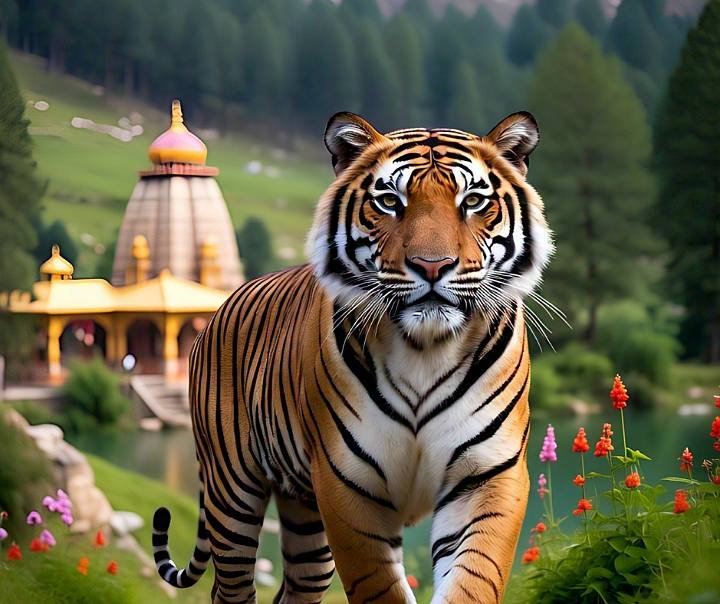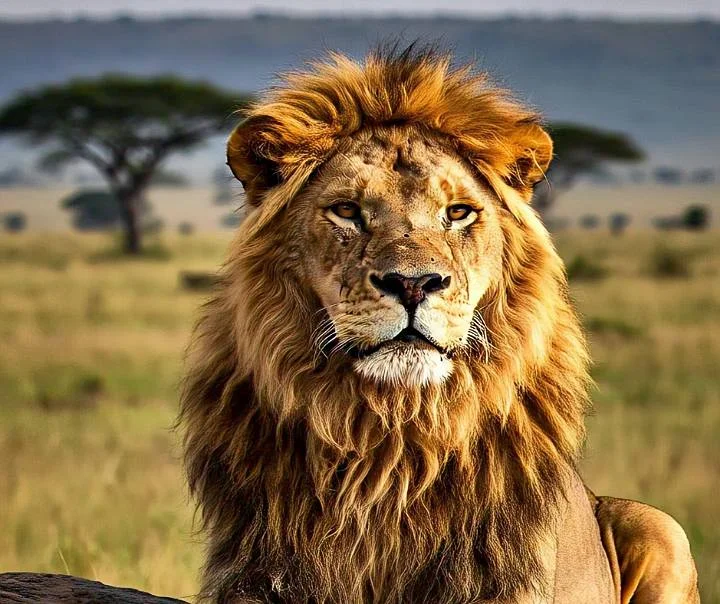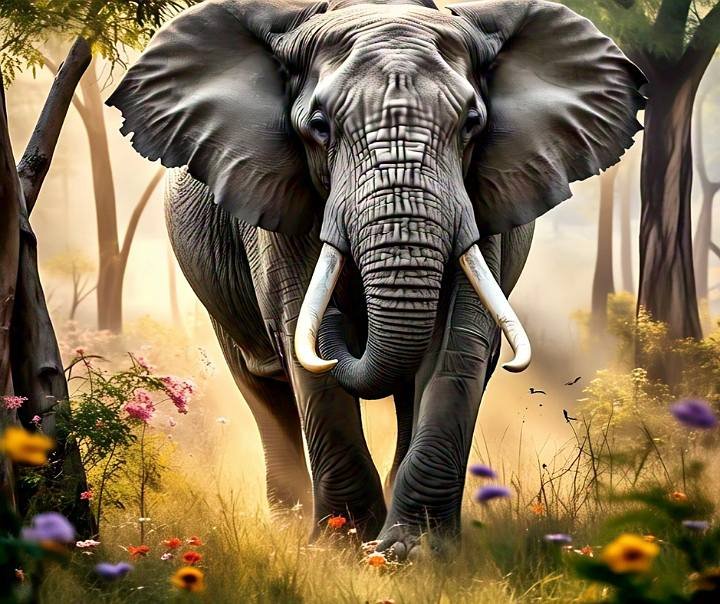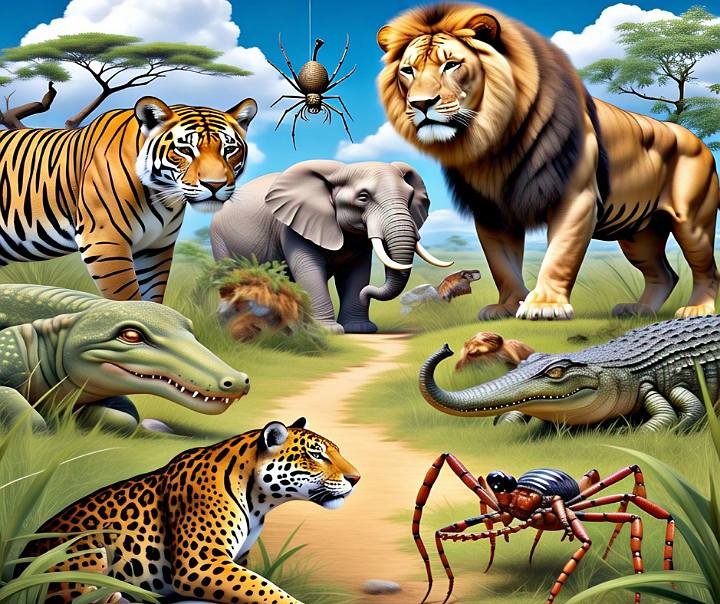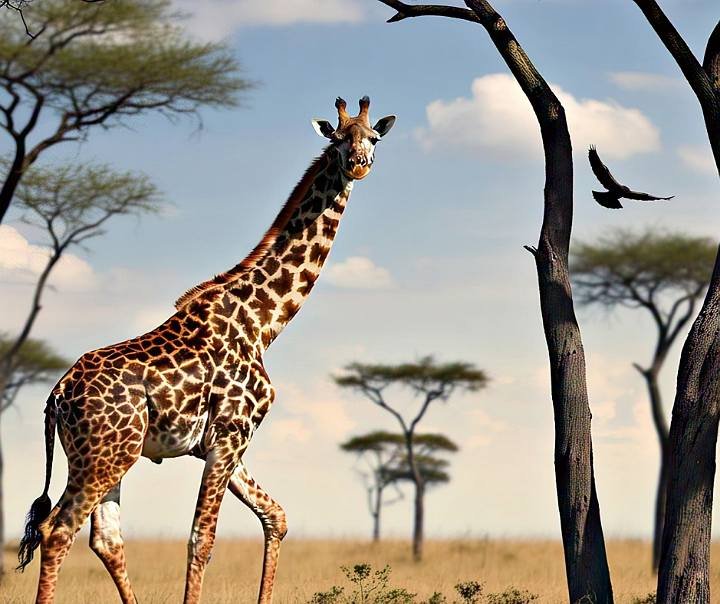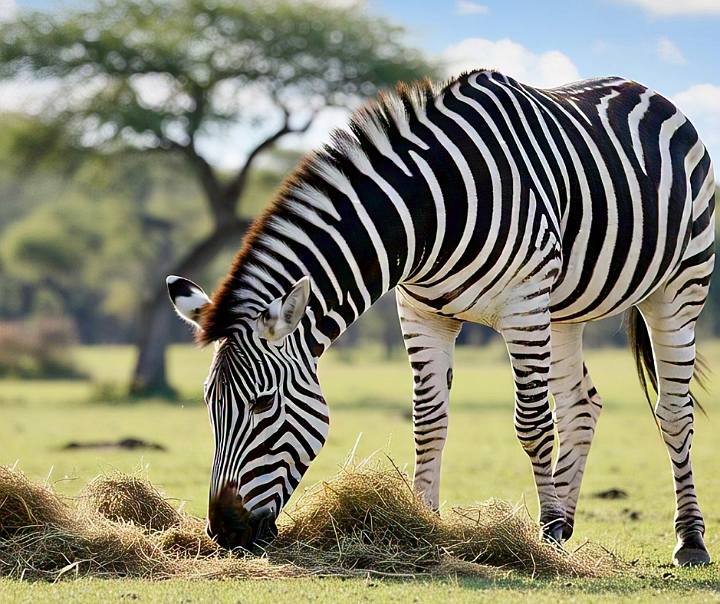Is the Largest Animal in History Dead or Alive? A Comprehensive Exploration
When pondering the question, “is the largest animal in history dead or alive?” it sparks curiosity about colossal creatures that once roamed the Earth or still inhabit our oceans. Is it a massive dinosaur from millions of years ago or a living giant swimming in the seas? This post delves deeply into this question, exploring the largest animals in history, their characteristics, and scientific findings. We’ll clarify whether the largest animal in history is alive or extinct, supported by reliable information.
The Largest Animal in History: The Blue Whale
is the largest animal in history dead or alive? The clear answer is that the largest known animal in history, the Blue Whale (Balaenoptera musculus), is still alive today. This enormous marine mammal inhabits our oceans and is considered the largest animal ever to have lived on Earth due to its staggering size. The average blue whale measures 80-100 feet (24-30 meters) in length and weighs 100-200 tons. Some records mention blue whales reaching up to 33 meters and weighing as much as 250 tons. This size surpasses even the largest creatures of the dinosaur era.
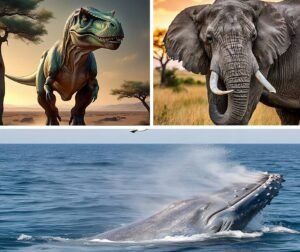
Key Features of the Blue Whale
- Scientific Name: Balaenoptera musculus
- Diet: A gentle filter feeder, the blue whale primarily consumes krill (tiny shrimp-like organisms), eating 4-8 tons daily.
- Physical Structure: Its heart is the size of a small car, and its tongue can weigh as much as an elephant. Its arteries are wide enough for a human to swim through.
- Sound: The blue whale’s vocalizations can reach 188 decibels, one of the loudest natural sounds on Earth, used for long-distance communication.
- Status: The blue whale, particularly the Antarctic subspecies (Balaenoptera musculus ssp. Intermedia), is classified as Critically Endangered.
Was the Blue Whale Always the Largest?
While the blue whale is currently recognized as the largest animal, scientists recently discovered a potentially heavier extinct species, Perucetus. Fossils found in Peru in 2023 suggested this ancient whale may have weighed 85-340 tons. However, subsequent studies revised the estimate to 60-113 tons, keeping the blue whale as the largest known animal.
Other Giant Animals in History: Dinosaurs and More
When addressing is the largest animal in history dead or alive? we must also consider the colossal creatures of the prehistoric era. Let’s explore some notable examples:
1. Sauropod Dinosaurs (Sauropoda)
- Description: Sauropods like Argentinosaurus and Bruhathkayosaurus were the largest terrestrial animals of the Mesozoic era. They could reach lengths of 100 feet and weigh 40-70 tons, with some estimates suggesting Bruhathkayosaurus weighed up to 110-170 tons.
- Status: These dinosaurs went extinct approximately 66 million years ago, likely due to an asteroid impact.
- Significance: They were the largest land animals in history but smaller than the blue whale in size and weight.
2. Megalodon
- Description: The megalodon, a massive prehistoric shark, measured 50-60 feet in length and weighed 50-100 tons. It was the apex predator of its time. National Geographic – Megalodon
- Status: The megalodon became extinct around 3.6 million years ago, possibly due to climate change and loss of prey.
- Significance: Though smaller than the blue whale, it was the most formidable marine predator of its era.
3. Lion’s Mane Jellyfish
- Description: The lion’s mane jellyfish is the longest non-colonial animal, with tentacles reaching up to 120 feet. However, its weight is significantly less than that of a blue whale.
- Status: It is still alive, found in cold marine waters.
- Significance: It rivals the blue whale in length but is much smaller in overall size and mass.
Largest Land Animals: Asian and African Elephants
In the context of “Is the largest animal in history alive or extinct?”, land animals deserve mention. Currently, the African Elephant (Loxodonta africana) and Asian Elephant (Elephas maximus) are the largest terrestrial animals.
- African Elephant:
- Length: 19-24 feet
- Weight: 6-7 tons
- Feature: The heaviest land animal today.
- Asian Elephant:
- Length: 18-21 feet
- Weight: 4-6 tons
- Feature: Predominantly found in Karnataka, India.
However, both are dwarfed by the sauropods of the dinosaur era, the largest terrestrial animals in history.
Why Is the Largest Animal in History Considered Alive?
The blue whale is deemed the largest animal in history because:
- Scientific Records: Fossils and modern measurements confirm the blue whale’s massive size, with a recorded maximum weight of 190 tons and length of 33 meters.
- Oceanic Environment: The buoyancy of water allows creatures like the blue whale to grow to sizes unattainable by land animals.
- Living Status: Blue whales still inhabit the world’s oceans, though their population was drastically reduced by whaling in the 20th century. WWF – Blue Whale
Challenges and Conservation
When answering is the largest animal in history dead or alive?, we must acknowledge the precarious status of the blue whale. It faces several threats:
- Whaling History: In the 20th century, millions of blue whales were hunted, reducing their population to less than 1% of its original size.
- Climate Change: Rising ocean temperatures and dwindling krill populations threaten their food supply.
- Marine Pollution: Plastic and chemical pollution harm their health.
- Ship Strikes: Collisions with large vessels cause numerous blue whale deaths.
Organizations like the World Wildlife Fund (WWF) are working to protect blue whales. Recent increases in their population in the South Atlantic Ocean are a positive sign.
Fascinating Facts: Comparing History’s Largest Animals
- Blue Whale vs. Sauropods: The blue whale can weigh twice as much as sauropod dinosaurs, though some sauropods may have been longer.
- Blue Whale vs. Megalodon: The megalodon was a predator, while the blue whale is a gentle feeder. The blue whale is larger in size.
- Longest Animal: The lion’s mane jellyfish’s tentacles may exceed the blue whale’s length, but its overall size is far smaller.
Conclusion : is the largest animal in history dead or alive?
is the largest animal in history dead or alive? The answer is that the largest animal in history, the blue whale, is alive and swimming in our oceans today. This magnificent creature is not only remarkable for its size but also for its critical role in marine ecosystems. However, its endangered status underscores the urgent need for conservation. Meanwhile, extinct giants like sauropods and megalodons, known through fossils, tell the story of Earth’s grand past.
For more information, visit National Geographic and World Wildlife Fund. If you’d like to learn more about blue whales or other giant animals, let me know in the comments, and I’ll provide further details!
Would you like to explore another giant animal from history?
